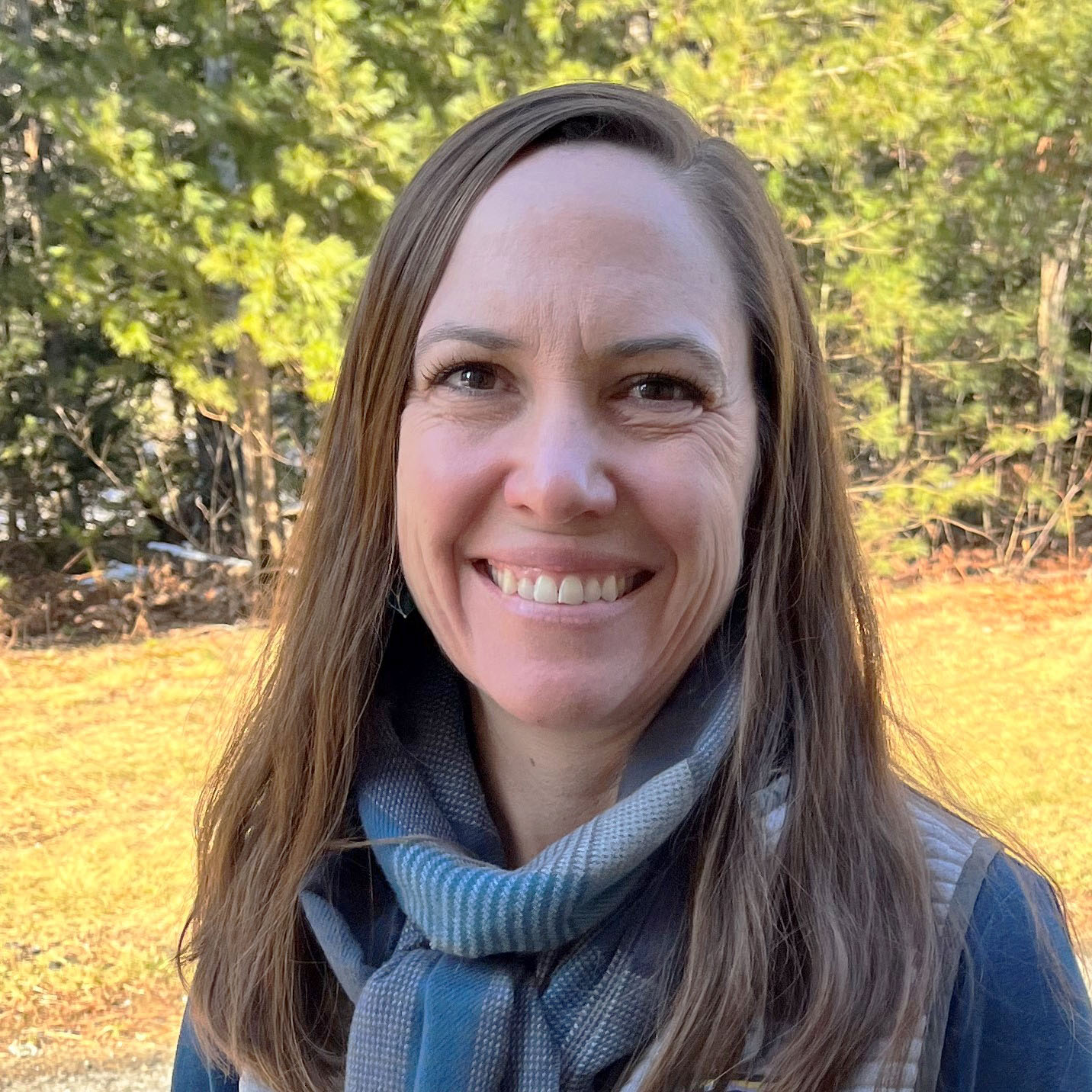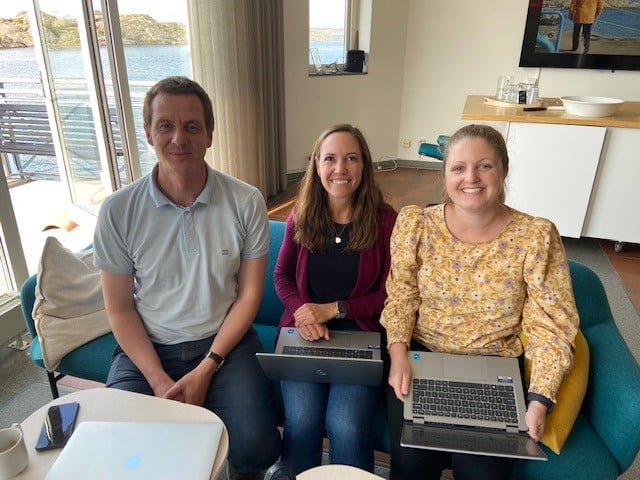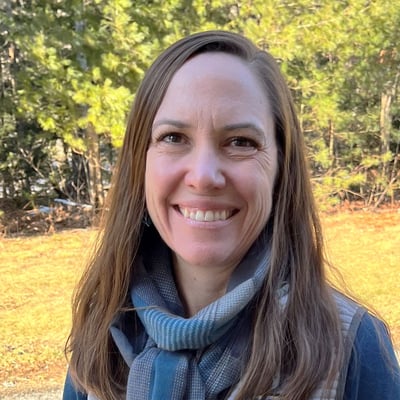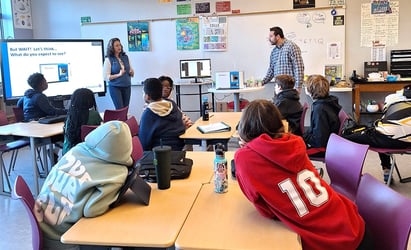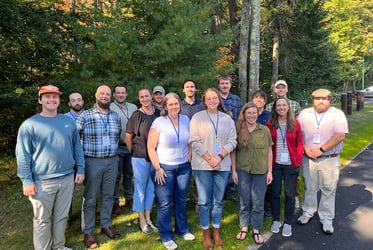GlobalHAB is an international scientific program on harmful algal blooms (HABs) that fosters collaborative research efforts aimed at understanding and predicting HAB events in aquatic ecosystems while also providing scientific data to help manage and mitigate their impacts. As part of their efforts to provide a structure for planning and coordinating international activities related to HAB research, the program recently facilitated the GlobalHAB Symposium on Automated Observations of Plankton. FlowCam team members, Savannah Judge and Nicole Gill, traveled to the Kristineberg Marine Research Station in Fiskebäckskil, Sweden to participate. The center’s boat basin is pictured below.
.png?width=575&name=MicrosoftTeams-image%20(1).png)
Along with a variety of presentations by researchers using automated platforms to monitor and study HABs, a key component of the conference was a quantitative plankton community intercomparison study between different imaging platforms. These included FlowCam, Imaging FlowCytobot, and CytoSense. There were two components to the study:
- Analyzing data and classifying plankton taxa in a wild marine sample collected from Gullmarn Fjord.
- Collecting data from 12 phytoplankton monocultures (including common harmful algae) to build classification schemes, and then using those models to differentiate and quantify individual taxa within a mixed culture sample.
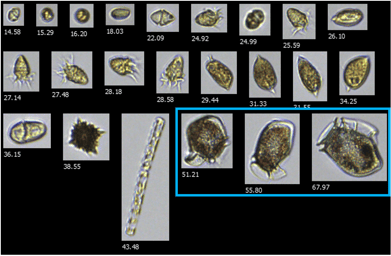
The first collage presented here shows images of plankton captured from the wild marine sample. The highlighted organisms are Dinophysis sp. dinoflagellates which are common in marine waters and can generate shellfish toxicity during bloom events. Also pictured are Prorocentrum micans, ciliates, and other diatoms and dinoflagellates.
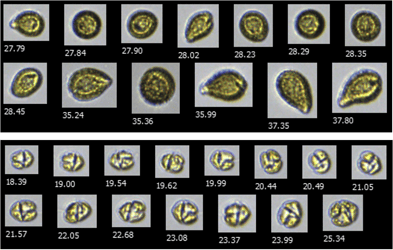 The second collage contains images from two of the monocultures analyzed in the study. The top section shows Chattonella subsalsa, a radiophyte that produces brevetoxins and is associated with shellfish toxicity and fish kills during blooms referred to as “brown tides.” The bottom section shows Karenia mikimotoi, a widely distributed dinoflagellate that can cause large-scale mortality events of shellfish, crustaceans, and fish during “red tide” blooms.
The second collage contains images from two of the monocultures analyzed in the study. The top section shows Chattonella subsalsa, a radiophyte that produces brevetoxins and is associated with shellfish toxicity and fish kills during blooms referred to as “brown tides.” The bottom section shows Karenia mikimotoi, a widely distributed dinoflagellate that can cause large-scale mortality events of shellfish, crustaceans, and fish during “red tide” blooms.
After data collection and classification were complete, preliminary results were shared among the group of attendees. Additional data reporting and compilation are ongoing and will eventually result in a report sharing the outcomes and takeaways of the study in the context of HAB monitoring.
.png?width=581&name=MicrosoftTeams-image%20(2).png)
Pictured above: Nicole and Savannah analyzing data with FlowCam user Ian Salter of Faroe Marine Research Institute.
Yokogawa Fluid Imaging Technologies would like to thank the organizers of the symposium, particularly Dr. Bengt Karlson of the Swedish Meteorological and Hydrological Institute, for including FlowCam in the study and facilitating this collaborative forum.







